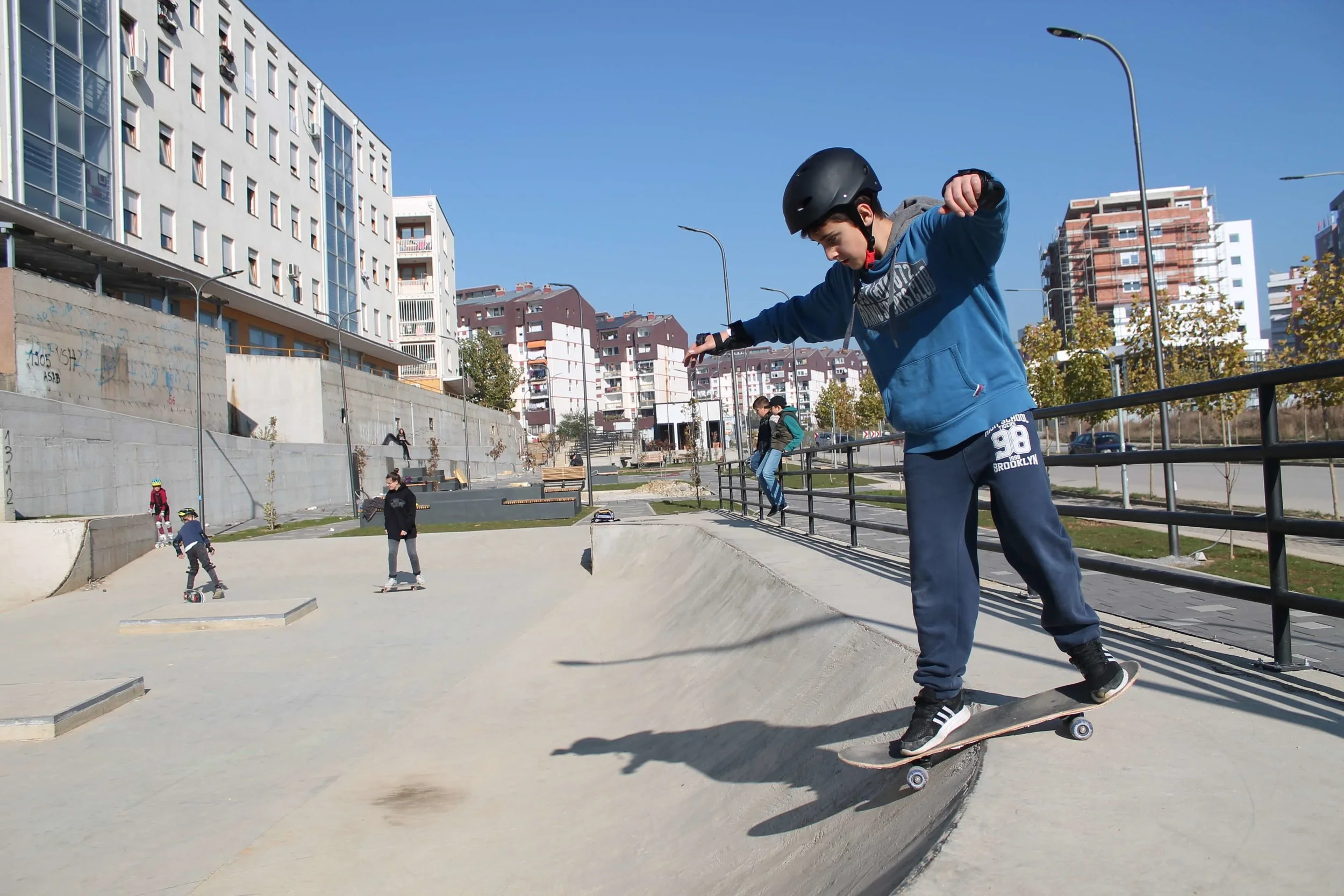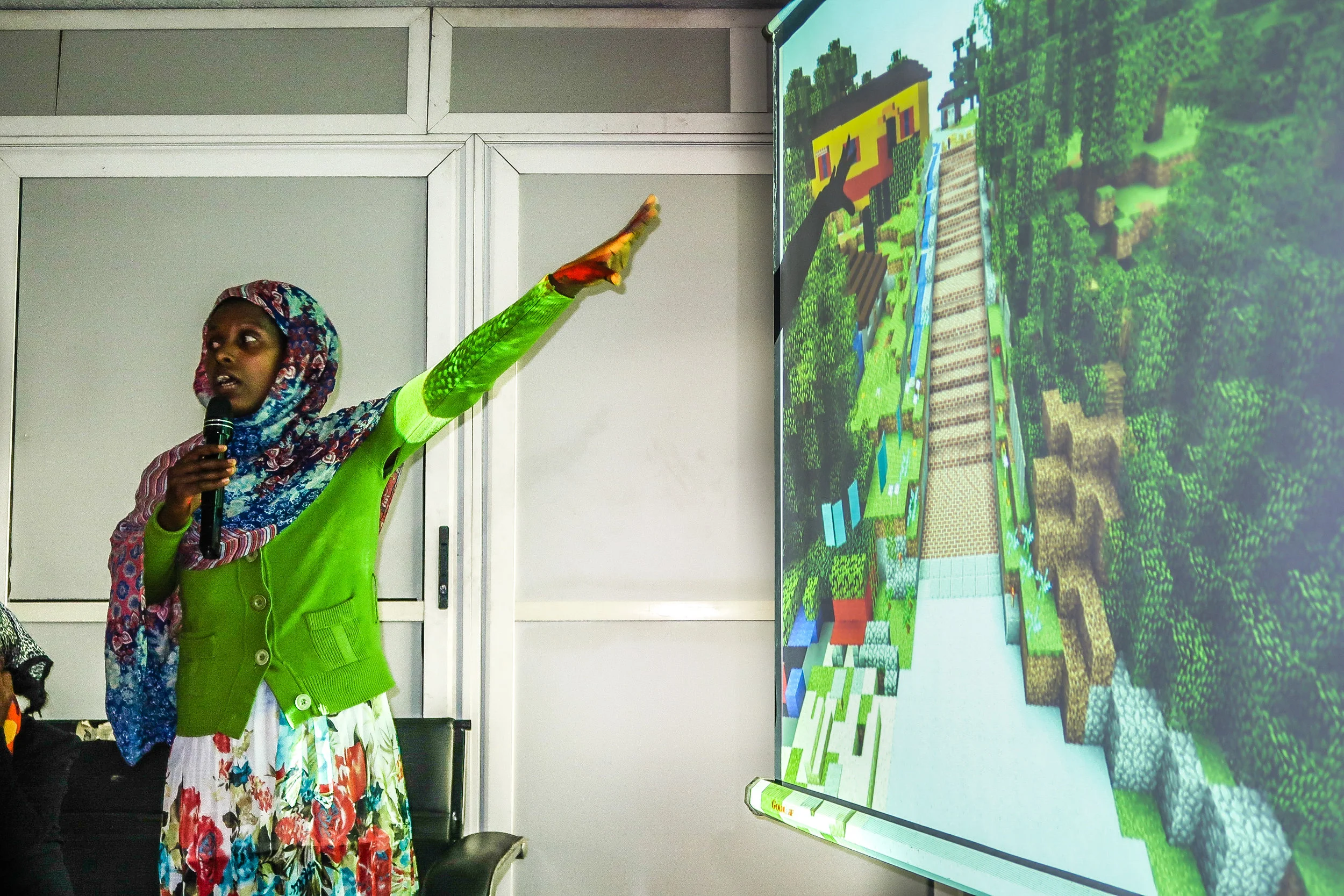Hello! We Are Block by Block.
We are a nonprofit that empowers communities to reimagine the cities they live in, using the magic of Minecraft. We began in 2012 as an innovative partnership between the UN and Mojang Studios, developers of Minecraft.
We are now one of the leading nonprofits working at the intersection of gaming and social impact, and the only organization that turns people’s dreams into reality using a video game.
Empowering Communities
Our unique approach actively engages neighborhood residents who don’t typically have a voice in public projects. We teach them to use Minecraft, a powerful tool for visualization and collaboration, to design the space that they would like to see. And then we build it.














Youth, elderly, people with disabilities, and women and girls are populations whose voices are too often ignored. In Hanoi, we engaged girls who travel miles to school every day through dangerous, poorly lit areas to design safer streets.